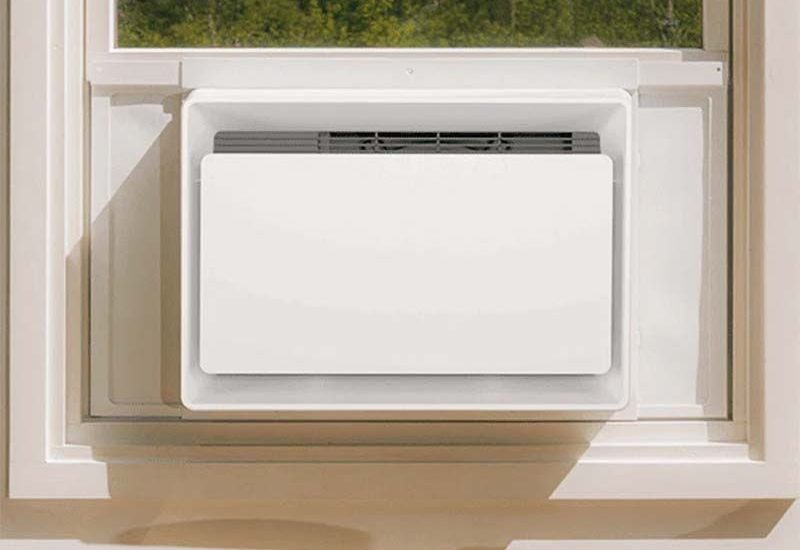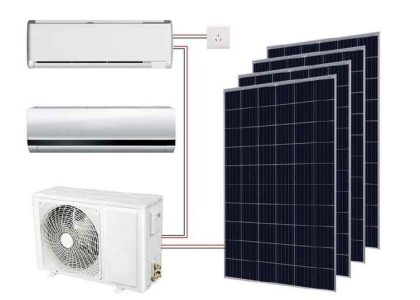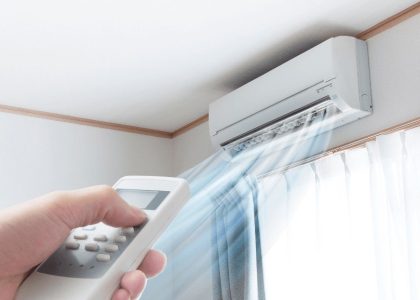Types of Air Conditioners
Selecting the right air conditioner is crucial for maintaining comfort and energy efficiency in your home. With a variety of types available, each offering unique features and benefits, understanding the different options can help you make an informed decision. This comprehensive guide explores the various types of air conditioners, highlighting their functionalities, advantages, and ideal use cases to assist you in choosing the perfect cooling system for your needs.
Window Air Conditioners
Window air conditioners are a popular choice for cooling individual rooms due to their straightforward installation and cost-effectiveness. These units are designed to fit into a window opening, providing an all-in-one cooling solution that is both efficient and easy to manage.
- Installation and Design: Window air conditioners are compact and designed to fit snugly within a window frame. They typically require minimal installation, involving mounting the unit on the window sill and securing it in place. Some models come with removable panels or extensions to accommodate different window sizes.
- Cooling Efficiency: These units are highly effective for cooling single rooms or small spaces. They offer adjustable settings, allowing users to control the temperature and fan speed according to their preferences. Many window ACs also include energy-saving modes to reduce electricity consumption.
- Cost-Effectiveness: Window air conditioners are generally more affordable upfront compared to other types of air conditioners. They also have lower maintenance costs, making them an economical choice for budget-conscious consumers.
- Limitations and Considerations: While window air conditioners are efficient for single-room cooling, they can obstruct the window, limiting natural light and ventilation. Additionally, their noise levels may be higher compared to other types, which could be a concern in quieter environments.
Split Air Conditioners
Split air conditioners consist of two main components: an indoor unit and an outdoor unit. This design offers a more aesthetically pleasing and quieter cooling solution compared to window units, making them suitable for various home settings.
- Components and Installation: The indoor unit is typically mounted on a wall inside the room, while the outdoor unit is placed outside the building. The two units are connected by refrigerant lines and electrical cables. Professional installation is recommended to ensure proper setup and optimal performance.
- Cooling Performance: Split air conditioners provide efficient and consistent cooling across multiple rooms or larger spaces. They can be configured as single-zone systems for individual rooms or multi-zone systems for cooling multiple areas simultaneously.
- Noise Levels: One of the significant advantages of split air conditioners is their quiet operation. Since the compressor and condenser are located outside, the indoor unit generates minimal noise, creating a more comfortable indoor environment.
- Aesthetic and Space Considerations: Split units have a sleek and modern design that blends well with interior décor. They do not block windows, allowing for uninterrupted natural light and ventilation. However, the installation process can be more involved and may require professional assistance.
Portable Air Conditioners
Portable air conditioners offer flexibility and mobility, making them an ideal solution for renters or those who need temporary cooling. These units can be easily moved from one room to another, providing versatile cooling options without the need for permanent installation.
- Mobility and Flexibility: Portable air conditioners are equipped with wheels, allowing them to be easily relocated as needed. This makes them suitable for cooling different areas of the home without the constraints of fixed installations.
- Self-Contained Design: These units house all components, including the compressor, condenser, and evaporator, within a single portable unit. They typically come with an exhaust hose that needs to be vented through a window or sliding door, ensuring proper airflow.
- Ease of Installation: Portable air conditioners require minimal setup, usually involving the placement of the exhaust hose and connection to a power source. This makes them a convenient option for those who prefer a plug-and-play solution.
- Energy Consumption and Efficiency: Portable units may consume more energy compared to window or split air conditioners, especially when cooling larger spaces. However, their flexibility and ease of use can outweigh the higher energy costs for certain users.
Ductless Mini-Split Air Conditioners
Ductless mini-split air conditioners are an advanced cooling solution that offers both heating and cooling capabilities without the need for traditional ductwork. These systems are highly efficient and provide customizable climate control for different zones within a home.
- Installation and Setup: Ductless mini-split systems consist of an outdoor compressor and one or more indoor air handlers. Installation involves mounting the indoor units on walls or ceilings and connecting them to the outdoor unit via refrigerant lines. Professional installation ensures optimal performance and system longevity.
- Energy Efficiency: These systems are known for their high energy efficiency, as they eliminate the energy losses associated with ductwork. They also allow for zoned cooling, enabling users to control the temperature in individual rooms independently, which can lead to significant energy savings.
- Quiet Operation: Ductless mini-split systems operate quietly, making them suitable for bedrooms, offices, and other areas where noise levels need to be minimized. The noise generated by the outdoor unit is also relatively low compared to other air conditioning types.
- Versatility and Aesthetics: With a variety of indoor unit designs, ductless mini-split systems can seamlessly integrate into different interior styles. They are available in wall-mounted, ceiling-mounted, and floor-mounted configurations, providing flexibility in installation.
Central Air Conditioning Systems
Central air conditioning systems provide comprehensive cooling and heating for entire homes through a network of ducts and vents. This type of system is ideal for larger homes or buildings, offering uniform temperature control and a high level of comfort.
- Components and Functionality: Central AC systems consist of an outdoor condenser unit and an indoor furnace or air handler. The system circulates cool air through a series of ducts and vents, ensuring consistent cooling across all rooms. Some systems also include heating capabilities through a heat pump or furnace.
- Aesthetic and Space Efficiency: Because the main components are located outside or in utility spaces, central air conditioners do not take up indoor space or obstruct windows. This allows for a more aesthetically pleasing interior environment without visible cooling equipment.
- Air Quality and Filtration: Central systems often come with advanced air filtration options, improving indoor air quality by removing dust, allergens, and other contaminants. This makes them a good choice for households with individuals who have allergies or respiratory issues.
- Cost and Installation Considerations: Central air conditioning systems tend to have higher upfront costs due to the complexity of installation and the need for a ductwork system. However, they offer long-term benefits in terms of energy efficiency and ease of maintenance for larger properties.
Factors to Consider When Choosing an Air Conditioner
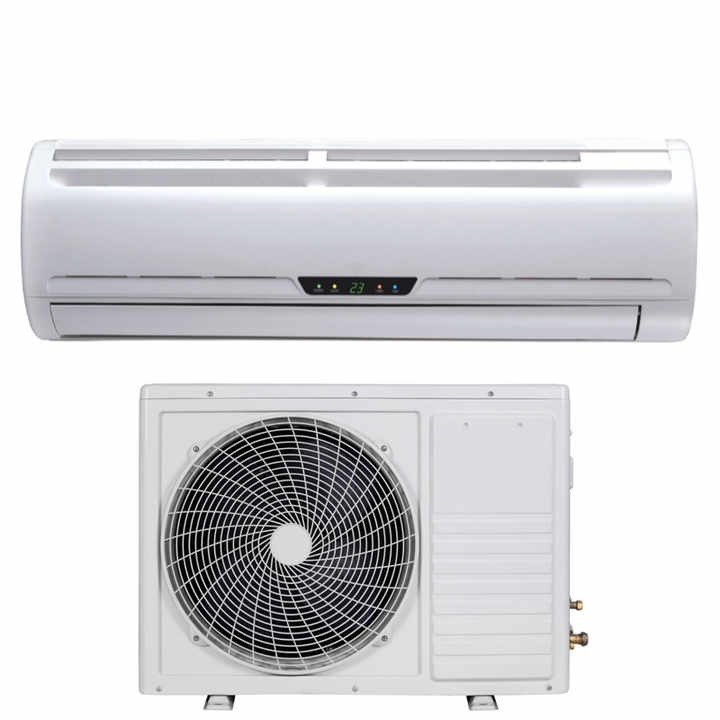
Choosing the best air conditioner for your home involves several key factors. Reflect on these before making your decision.
Cooling Capacity
Consider the size of the area you need to cool. Measure the square footage and match it with the appropriate BTUs (British Thermal Units). A unit too small won’t cool effectively, while a large one can cause humidity issues.
Energy Efficiency
Look for units with high SEER (Seasonal Energy Efficiency Ratio) ratings. Efficient air conditioners reduce electricity bills and are better for the environment. Energy Star ratings are also a good indicator of efficiency.
Noise Level
The best air conditioner should not disrupt your environment. Check the decibel levels; quieter units are often more desirable, especially in bedrooms or study areas. Aim for a unit that provides a balance between cooling efficiency and quiet operation.
Size and Space Requirements
Take into account the physical size of the AC unit. Make sure it fits the designated space in your home. Portable and window air conditioners require less space, while central systems need more area for installation.
Maintenance and Installation
Ease of maintenance and installation are critical. Understand the requirements for filter changes and other routine maintenance. Some systems may need professional installation, affecting your overall budget. Always plan for these additional considerations to ensure optimal function.
Comparing Top Air Conditioner Brands
Choosing the best air conditioner also means comparing top brands. Quality, features, and cost vary, so let’s explore.
Carrier
Carrier is a leader in high-quality air conditioning systems. They offer durable units with advanced features. Carrier excels in energy efficiency and reliability. Look for their high SEER ratings.
LG
LG provides a range of air conditioners, known for innovation and style. They have user-friendly designs with smart technology. LG models often include unique features for comfort and convenience.
Daikin
Daikin specializes in air conditioning solutions that focus on energy efficiency and indoor air quality. Their products are environmentally friendly. Daikin is a smart pick for those prioritizing green technology.
Mitsubishi Electric
Mitsubishi Electric is synonymous with cutting-edge air conditioning technology. Their systems are quieter and excellent for small spaces. They offer impressive energy savings and low-maintenance models.
Features to Look for in an Air Conditioner
When you hunt for the best air conditioner, zero in on models with standout features. These add comfort, save money, and promote a healthier home. Let’s dive into essential features that set the best AC units apart.
Programmable Thermostats
Seek out air conditioners with programmable thermostats. They let you set cooling schedules. This fits with your daily routine and slashes energy costs. For instance, program the AC to cool down your home before you return from work.
Smart Technology Integration
Today’s top AC units boast smart tech. Look for models you can control with a smartphone. This makes it easy to adjust settings on the go. Some systems even learn your habits and adjust automatically for utmost efficiency.
Air Quality Improvements
Good air conditioners do more than cool the air. They also filter it. Choose models with built-in air purification. This can mean less dust, allergens, and other pollutants inside your home.
Durability and Reliability
Last, but not least, aim for air conditioners known for their durability. A reliable AC cuts down on future repair bills. It should run smoothly for years. Always check warranty periods, as these can indicate how long the manufacturer expects the unit to last.
Cost Considerations
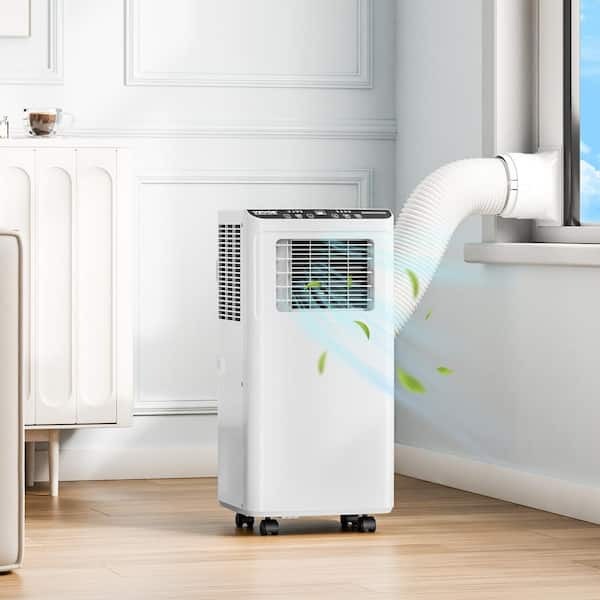
When selecting the best air conditioner, cost is a major factor.
Initial Purchase Price
The first cost you consider is the purchase price. Prices vary by type and brand. To find the best option, balance the cost with the features you need. More features can mean a higher price but often lead to long-term savings.
Operating Costs
Consider the operating costs of the air conditioner. Efficient models save money over time despite higher initial prices. Calculate potential energy bills using the unit’s SEER rating.
Potential Rebates and Energy Tax Credits
Look for rebates and tax credits. These can lower your overall cost. Manufacturers, utility companies, and governments often offer incentives for buying energy-efficient models. Always check for these options when researching the best air conditioner.
Tips for Maintaining Your Air Conditioner
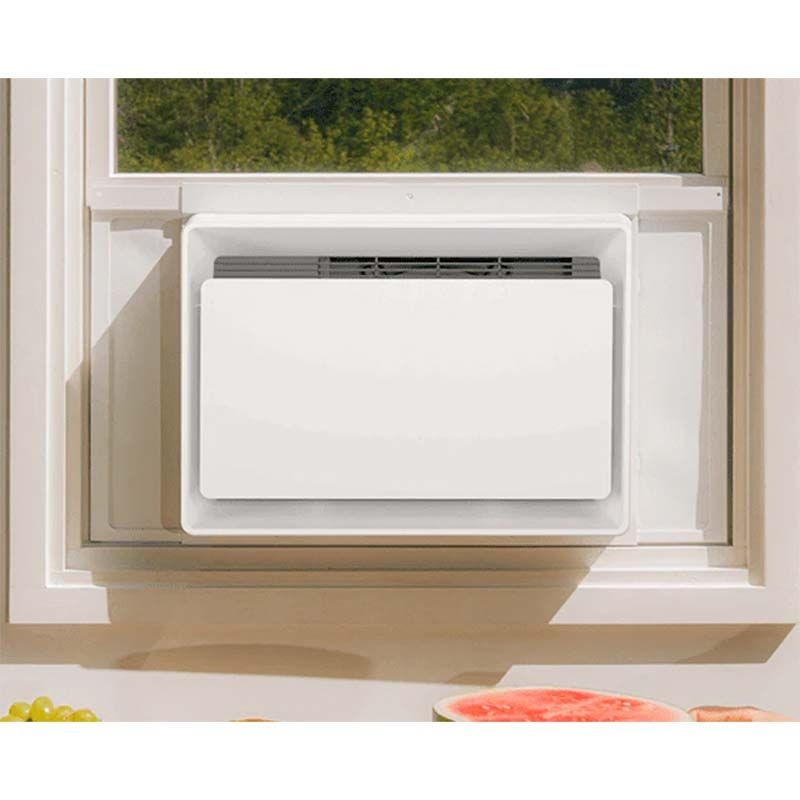
To keep your air conditioner running smoothly, regular maintenance is essential. Here’s how to care for your unit and ensure it functions at its best.
Regular Cleaning and Filters Replacement
Dirt and debris can hinder your air conditioner’s performance. Clean or replace filters every 1-3 months. Vacuum interior vents and keep the area around your outdoor unit clear.
Seasonal Inspections
Schedule professional inspections before the cooling season begins. This helps catch issues early. A technician can spot wear and tear that might need fixing.
Managing Thermostat Settings for Efficiency
Set your thermostat to a higher temperature when you’re away. Lower it when you’re home. This reduces strain on your air conditioner and saves energy. Programmable thermostats or smart ACs can automate this process for added convenience and efficiency.

